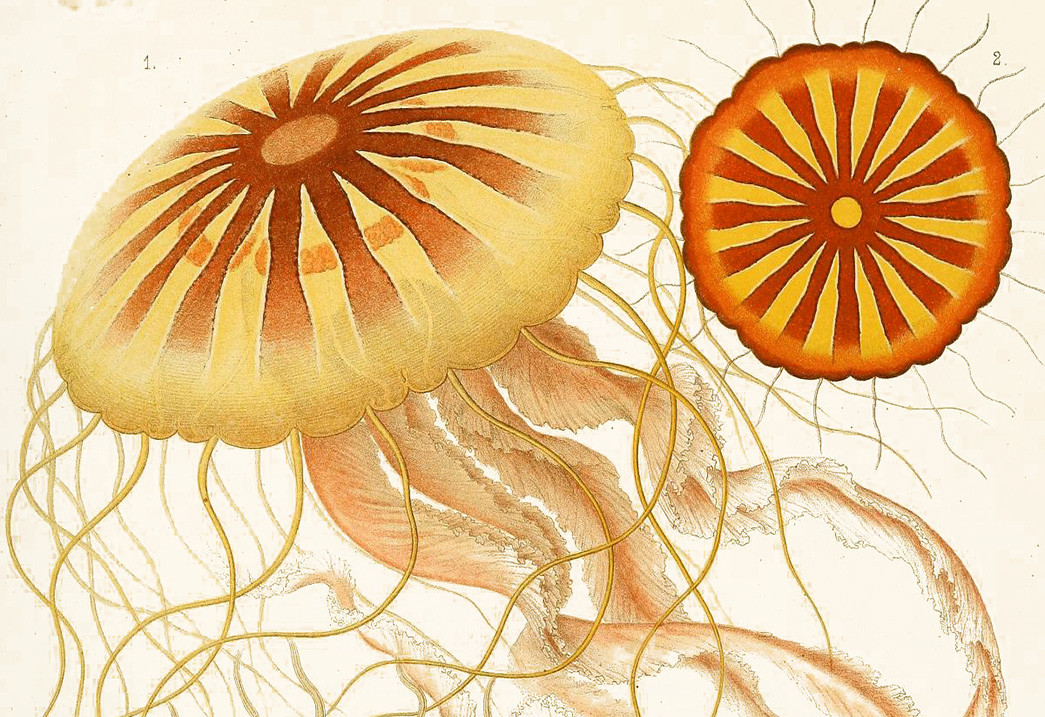
Ernst Haeckel and the Sublime Art of Das System der Medusen
Among the many treasures produced by the 19th-century intersection of science and art, few shine as brilliantly as Das System der Medusen (1879), the monographic masterpiece by Ernst Haeckel. Known for his groundbreaking work in biology, Haeckel was also a visionary illustrator—and in this rare and exquisite volume, he turned the ethereal world of jellyfish into a symphony of form, structure, and visual harmony.
Haeckel was not content to merely study marine organisms; he sought to unveil their hidden beauty. Each jellyfish, with its translucent bell and radiating tentacles, became for him not just a biological specimen but a work of natural design. In Das System der Medusen, he documented dozens of medusan species with unmatched precision, but what truly elevates this work to a class of its own is the imagery—captivating, hypnotic, and almost otherworldly in its elegance.
What makes these illustrations particularly remarkable is that they were lithographed by Haeckel himself, as proudly noted on each plate: “Lith. von E. Haeckel”. This direct hand in the production ensures an extraordinary level of detail and fidelity between the scientific vision and its visual representation. These are not merely reproductions—they are the original impressions conceived and executed by the scientist-artist.
Today, original prints from Das System der Medusen are exceptionally rare. Very few complete sets exist, and individual plates—each a unique blend of science and art—have become highly sought-after collector’s items. Their decorative value is immense: framed on a wall, they lend an air of intellectual elegance and timeless curiosity. The natural symmetry and flowing forms of the medusae seem almost designed for aesthetic pleasure, echoing motifs seen in Art Nouveau and early modern design.
Unlike the more widely known Kunstformen der Natur, which was created with a more public-facing artistic intent, Das System der Medusen remains a hidden gem: a scientifically rigorous monograph whose plates possess rare beauty and profound artistic merit. It is a work where marine biology meets fine art, and where observation becomes ornament.
To own or even view these lithographs is to experience the 19th century’s reverence for both knowledge and beauty. Haeckel’s jellyfish do not merely illustrate—they mesmerize, reminding us that in nature, elegance often hides in the depths.

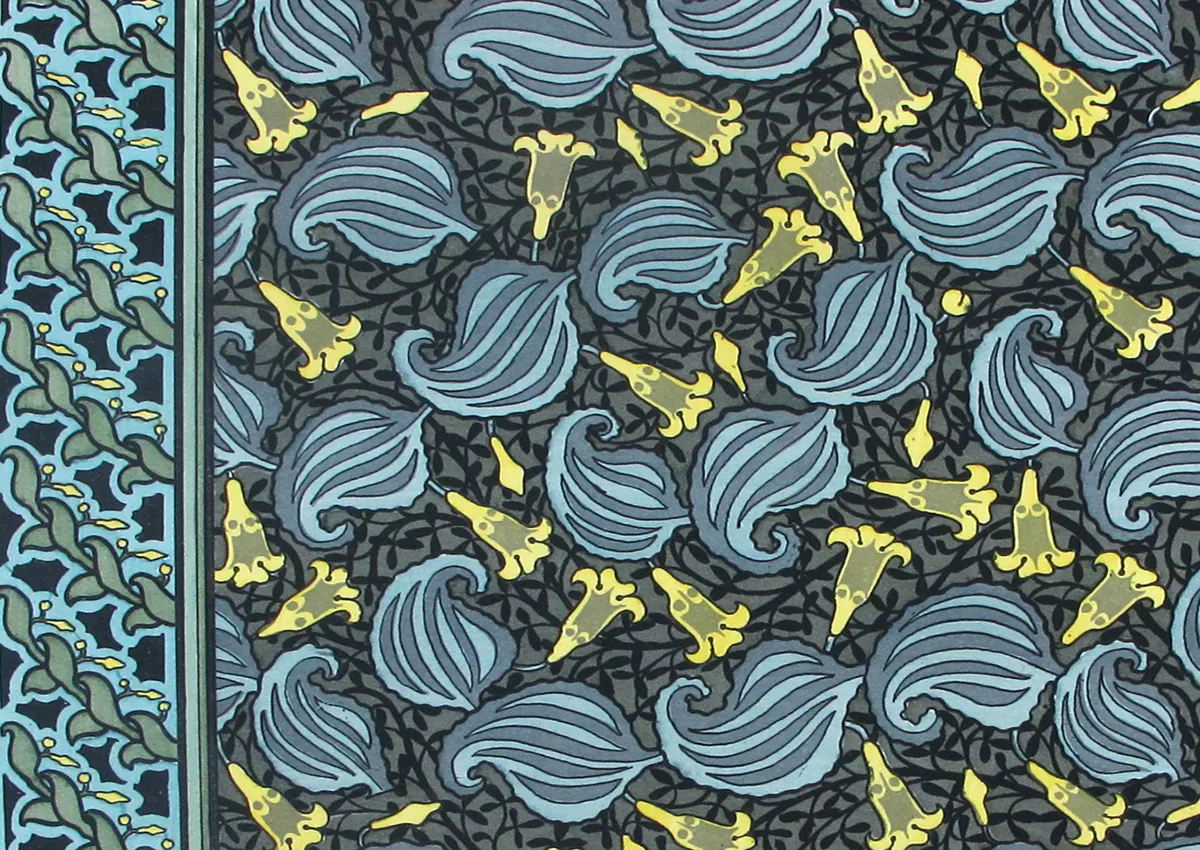
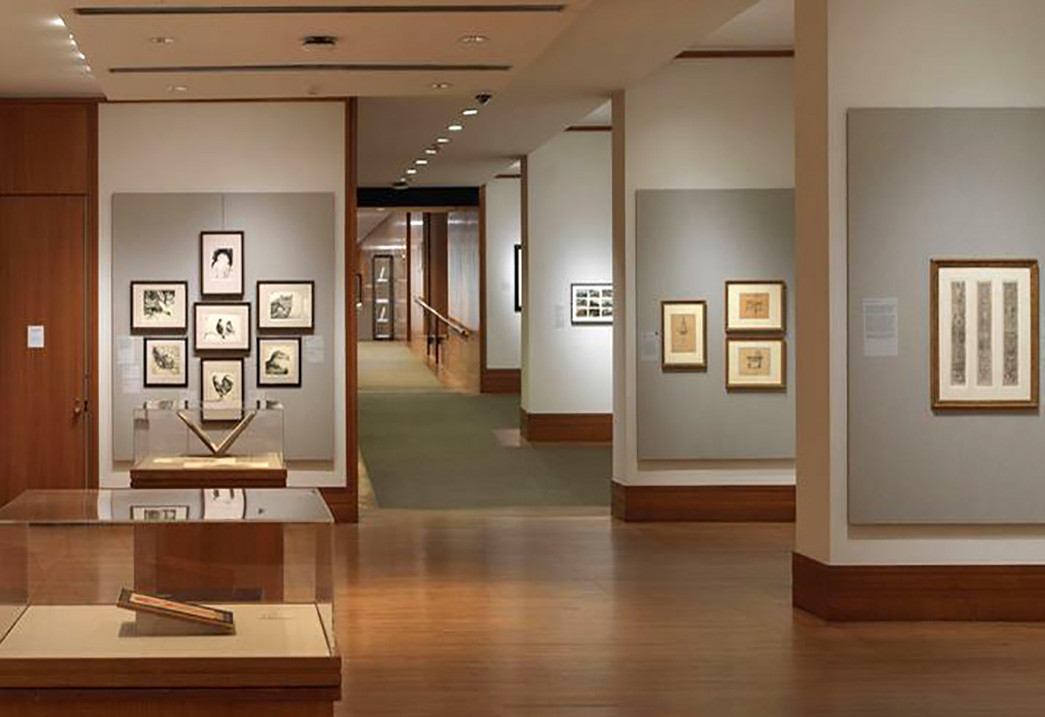
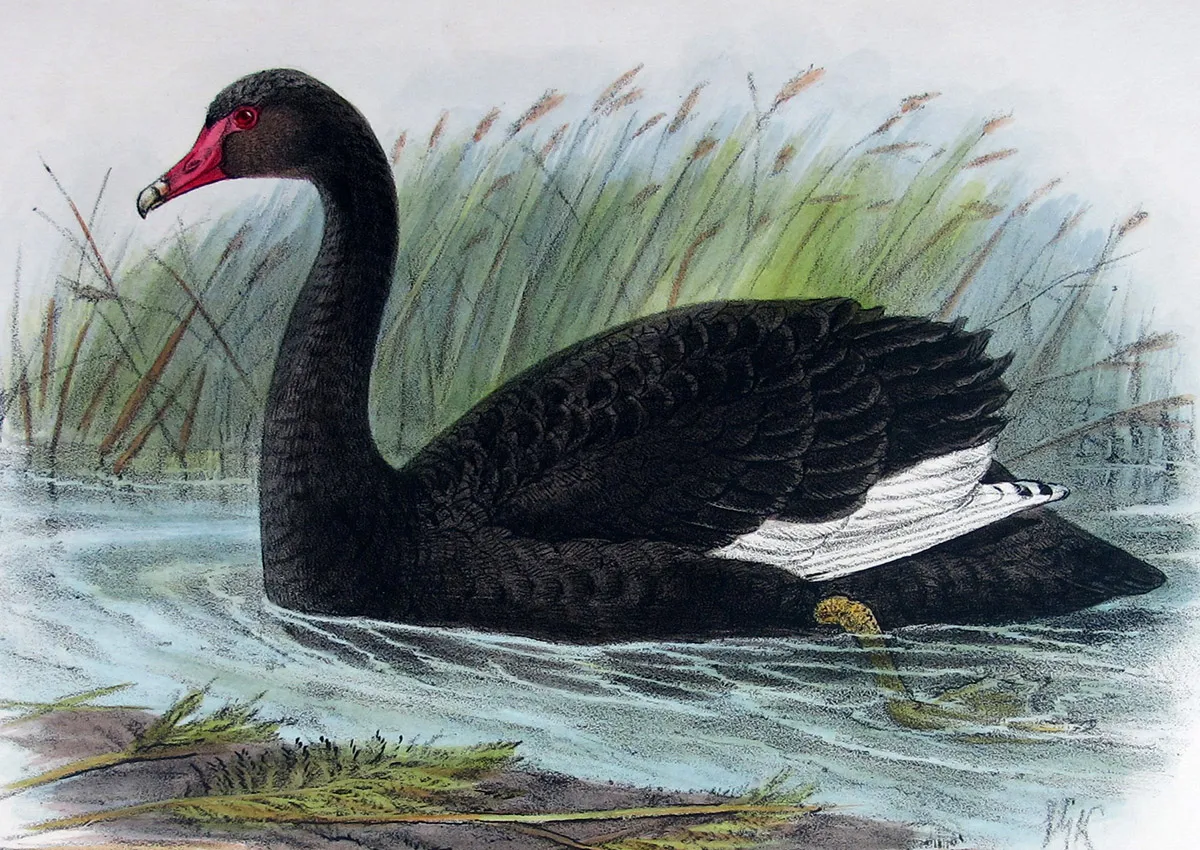
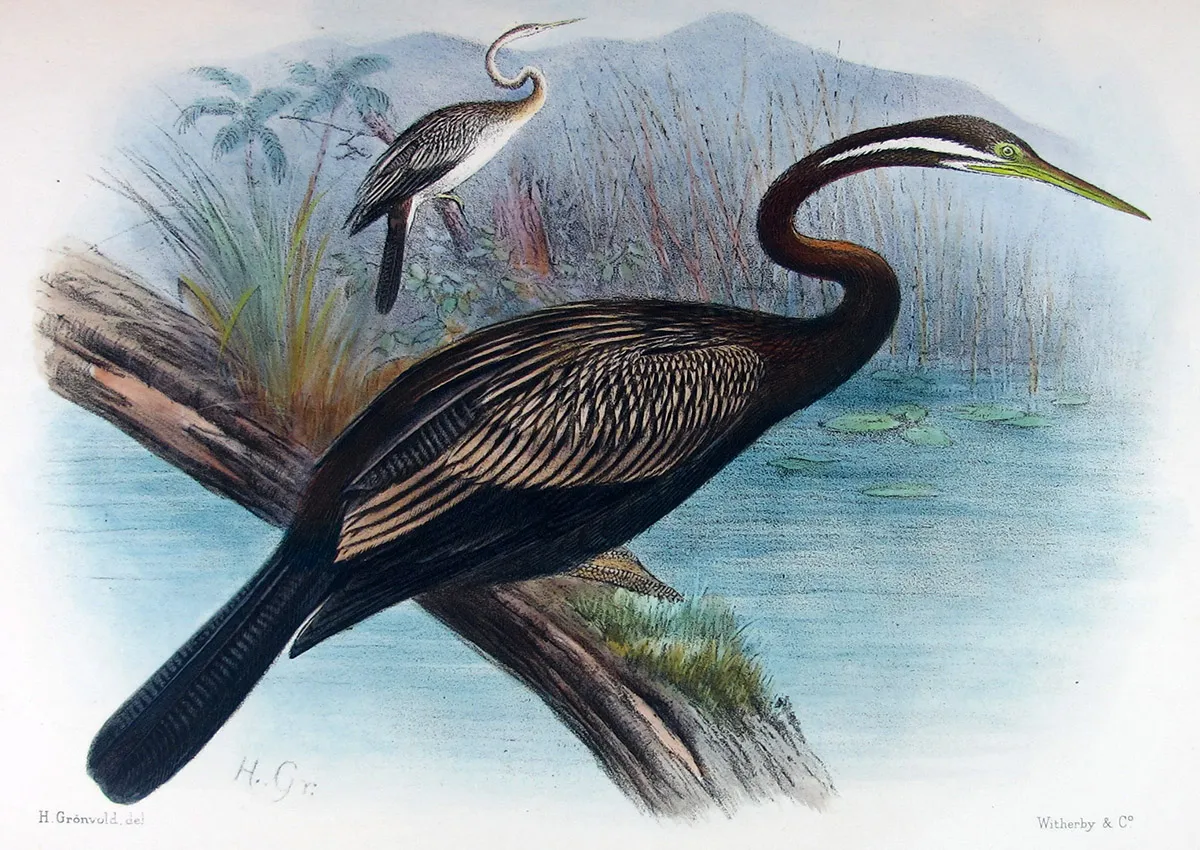
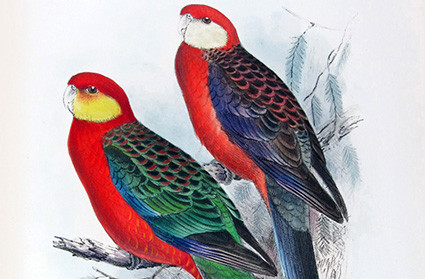
Leave a comment